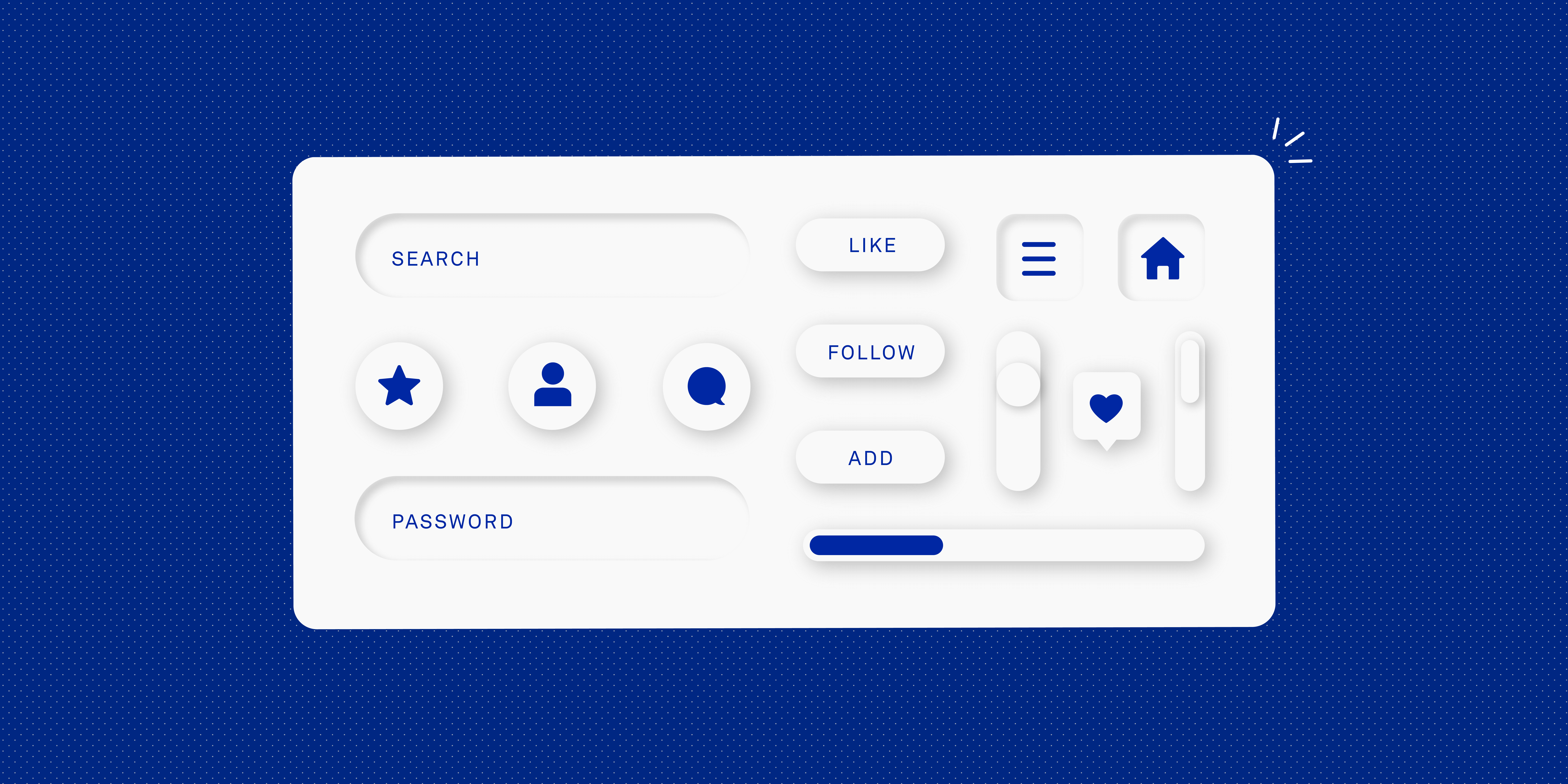User experience research sets out to identify the problem that a product or service needs to solve and finds a way to do just that. Research is the first and most important step to optimising user experience.
UX researchers do this through interviews, surveys, focus groups, data analysis and reports. Reports are how UX researchers present their work to other stakeholders in a company, such as designers, developers and executives.
In this guide, we’ll cover what you should include in a UX research report, how to present UX research findings and tips for presenting your UX research.
- Components of a UX research report
- How to write a UX research report
- 5 tips on presenting UX research findings
Ready to present your research findings? Let’s dive in.
Components of a UX research report
There are six key components to a UX research report.
Introduction
The introduction should give an overview of your UX research. Then, relate any company goals or pain points to your research. Lastly, your introduction should briefly touch on how your research could affect the business.
Research goals
Simply put, your next slide or paragraph should outline the top decisions you need to make, the search questions you used, as well as your hypothesis and expectations.
Business value
In this section, you can tell your stakeholders why your research matters. If you base this research on team-level or product development goals, briefly touch on those.
Methodology
Share the research methods you used and why you chose those methods. Keep it concise and tailored to your audience. Your stakeholders probably don’t need to hear everything that went into your process.
Key learnings
This section will be the most substantial part of your report or presentation. Present your findings clearly and concisely. Share as much context as possible while keeping your target audience – your stakeholders – in mind.
Recommendations
In the last section of your report, make actionable recommendations for your stakeholders. Share possible solutions or answers to your research questions. Make your suggestions clear and consider any future research studies that you think would be helpful.
How to write a UX research report
1. Define your audience
Most likely, you’ll already have conducted stakeholder interviews when you were planning your research. Taking those interviews into account, you should be able to glean what they’re expecting from your presentation.
Tailor your presentation to the types of findings that are most relevant, how those findings might affect their work and how they prefer to receive information. Only include information they will care about the most in a medium that’s easy for them to understand.
Do they have a technical understanding of what you’re doing or should you keep it a non-technical presentation? Make sure you keep the terminology and data on a level they can understand.
What part of the business do they work in? Executives will want to know about how it affects their business, while developers will want to know what technological changes they need to make.
2. Summarise
As briefly as possible, summarise your research goals, business value and methodology. You don’t need to go into too much detail for any of these items. Simply share the what, why and how of your research.
Answer these questions:
- What research questions did you use, and what was your hypothesis?
- What business decision will your research assist with?
- What methodology did you use?
You can briefly explain your methods to recruit participants, conduct interviews and analyse results. If you’d like more depth, link to interview plans, surveys, prototypes, etc.
3. Show key learnings
Your stakeholders will probably be pressed for time. They won’t be able to process raw data and they usually don’t want to see all of the work you’ve done. What they’re looking for are key insights that matter the most to them specifically. This is why it’s important to know your audience.
Summarise a few key points at the beginning of your report. The first thing they want to see are atomic research nuggets. Create condensed, high-priority bullet points that get immediate attention. This allows people to reference it quickly. Then, share relevant data or artefacts to illustrate your key learnings further.
Relevant data:
- Recurring trends and themes
- Relevant quotes that illustrate important findings
- Data visualisations
Relevant aspects of artefacts:
- Personas
- Quotes from interviews
- User journey maps
- Affinity diagrams
- Prototypes
- Storyboards
For most people you’ll present to, a summary of key insights will be enough. But, you can link to a searchable repository where they can dig deeper. You can include artefacts and tagged data for them to reference.
4. Share insights and recommendations
Offer actionable recommendations, not opinions. Share clear next steps that solve pain points or answer pending decisions. If you have any in mind, suggest future research options too. If users made specific recommendations, share direct quotes.
5. Choose a format
There are two ways you could share your findings in a presentation or a report. Let’s look at these two categories and see which might be the best fit for you.
Usually, a presentation is best for sharing data with a large group and when presenting to non-technical stakeholders. Presentations should be used for visual communication and when you only need to include relevant information in a brief summary.
A presentation is usually formatted in a:
- Slide deck
- Case studies
- Atomic research nuggets
- Pre-recorded video
If you’re presenting to a smaller group, technical stakeholder or other researchers, you might want to use a report. This gives you the capacity to create a comprehensive record. Further, reports could be categorised based on their purpose as usability, analytics or market research reports.
A report is typically formatted in a:
- Notion or Confluence page
- Slack update
You might choose to write a report first, then create a presentation. After the presentation, you can share a more in-depth report. The report could also be used for records later.
5 tips on presenting UX research findings
1. Keep it engaging
When you’re presenting your findings, find ways to engage those you’re presenting to. You can ask them questions about their assumptions or what you’re presenting to get them more involved.
For example, “What do you predict were our findings when we asked users to test the usability of the menu?” or “What suggestions do you think users had for [a design problem]?”
If you don’t want to engage them with questions, try including alternative formats like videos, audio clips, visualisations or high-fidelity prototypes. Anything that’s interactive or different will help keep their engagement. They might engage with these items during or after your presentation.
Another way to keep it engaging is to tell a story throughout your presentation. Some UX researchers structure their presentations in the form of Joseph Campbell’s Hero’s Journey. Start in the middle with your research findings and then zoom out to your summary, insights and recommendations.
2. Combine qualitative and quantitative data
When possible, use qualitative data to back up quantitative data. For example, include a visualisation of poll results with a direct quote about that pain point.
Use this opportunity to show the value of the work you do and build empathy for your users. Translate your findings into a format that your stakeholders – designers, developers or executives – will be able to understand and act upon.
3. Make it actionable
Actionable presentations are engaging and they should have some business value. That means they need to solve a problem or at least move toward a solution to a problem. They might intend to optimise usability, find out more about the market or analyse user data.
Here are a few ways to make it actionable:
- Include a to-do list at the end
- Share your deck and repository files for future reference
- Recommend solutions for product or business decisions
- Suggest what kind of research should happen next (if any)
- Share answers to posed research questions
4. Keep it concise and effective
Make it easy for stakeholders to dive deeper if they want to but make it optional. Yes, this means including links to an easily searchable repository and keeping your report brief.
Humans tend to focus best on just 3-4 things at a time. So, limit your report to three or four major insights. Additionally, try to keep your presentation down to 20-30 minutes.
Remember, you don’t need to share everything you learned. In your presentation, you just need to show your stakeholders what they are looking for. Anything else can be sent later in your repository or a more detailed PDF report.
5. Admit the shortcomings of UX research
If you get pushback from stakeholders during your presentation, it’s okay to share your constraints.
Your stakeholders might not understand that your sample size is big enough or how you chose the users in your study or why you did something the way you did. While qualitative research might not be statistically significant, it’s usually representative of your larger audience and it’s okay to point that out.
Because they aren’t researchers, it’s your job to explain your methodology to them but also be upfront about the limitations UX research can pose. When all of your cards are on the table, stakeholders are more likely to trust you.
Conclusion
When it comes to presenting your UX research findings, keep it brief and engaging. Provide depth with external resources after your presentation. This is how you get stakeholders to find empathy for your users. This is how you master the art of UX.
Need to go back to the basics and learn more about UX research? Dive into these articles:
What is UX research?
The 9 best UX research tools to use in 2022




![The 10 best prototyping tools for UI/UX designers [2025 Update] 4 UI UX prototyping tools header image](https://www.uxdesigninstitute.com/blog/wp-content/uploads/2025/01/93_UX_Prototyping-tools_Illustration_blog-1.png)